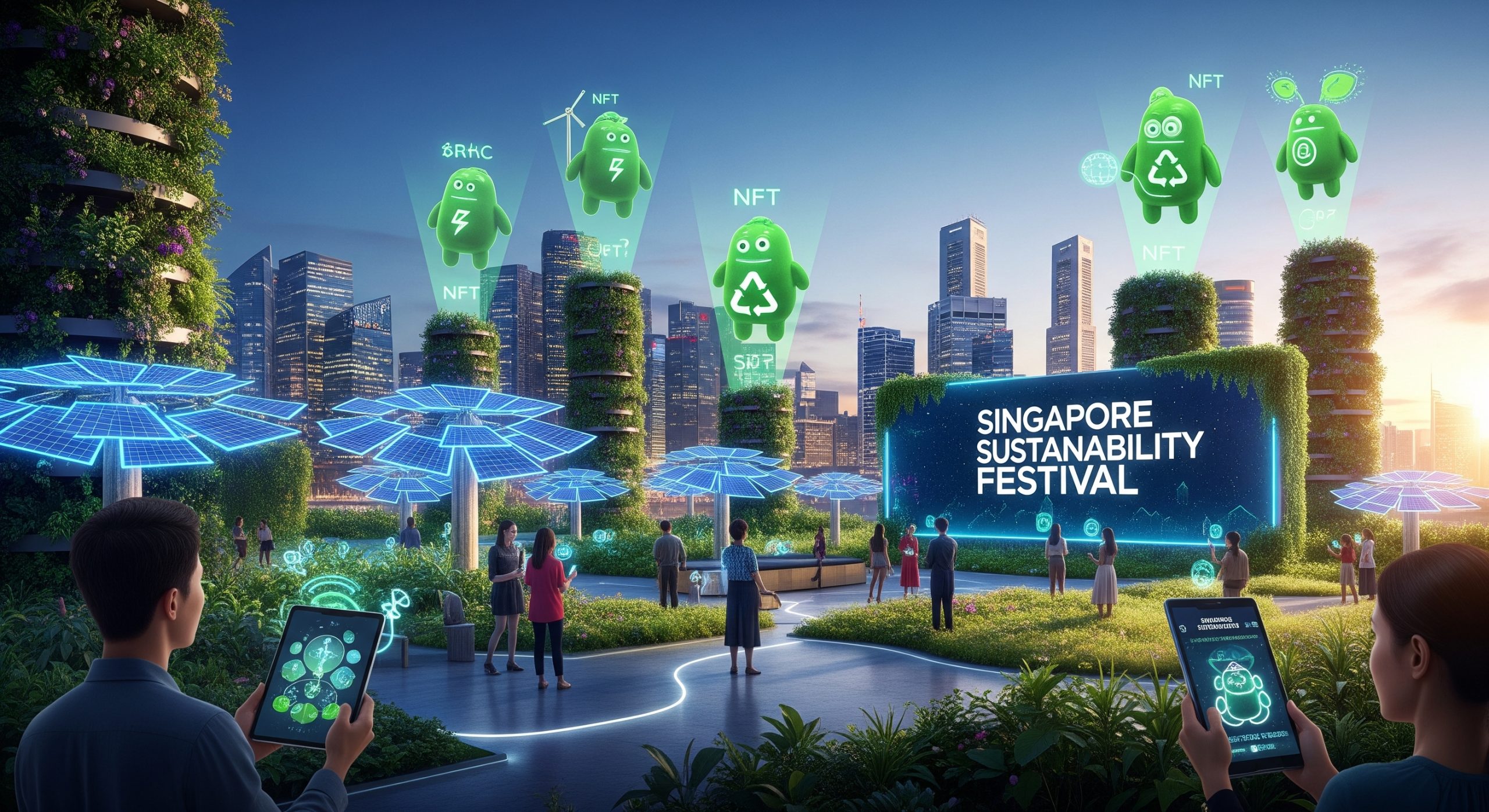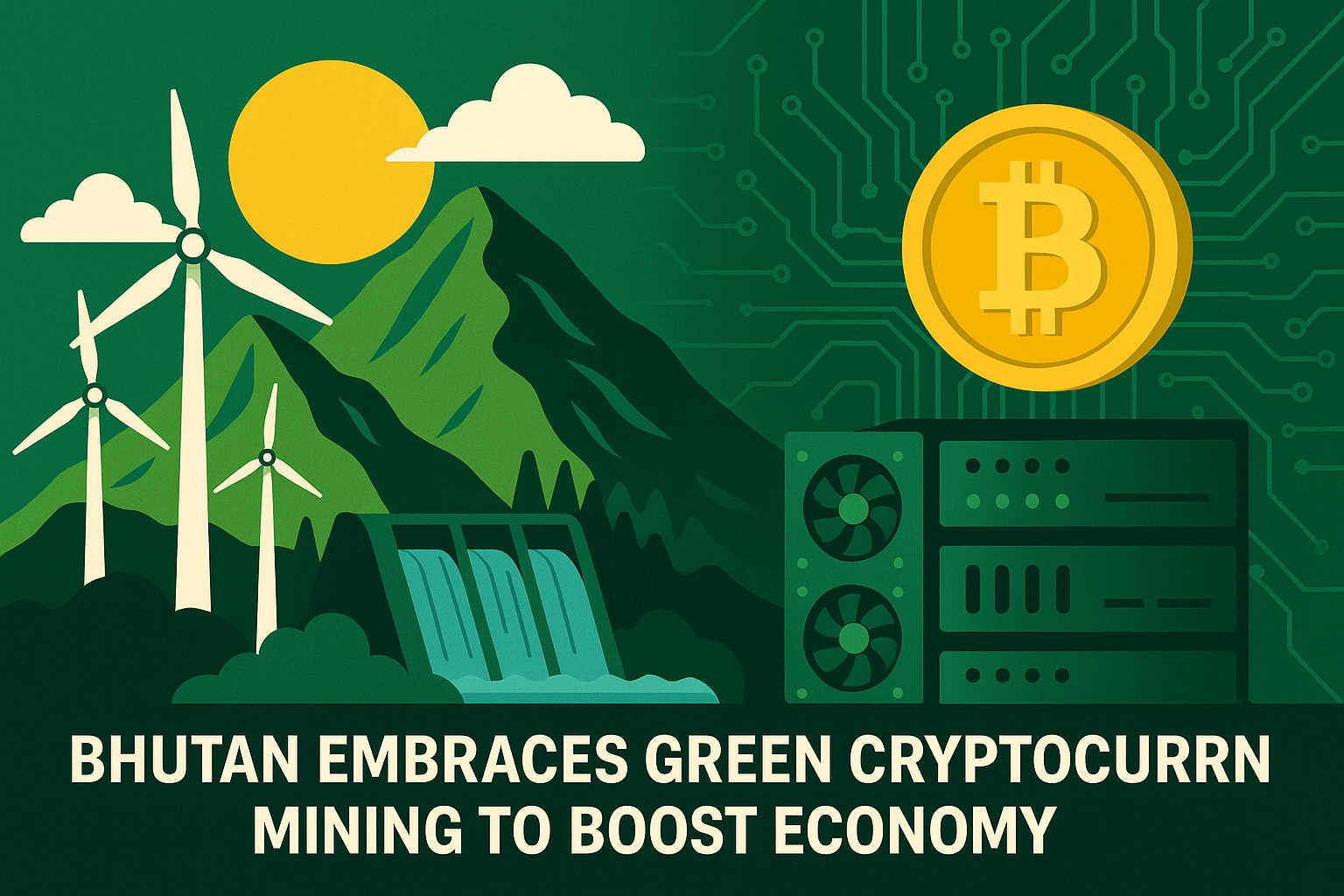Introduction
As the global economy shifts towards sustainability, investors are increasingly looking for transparent and accessible ways to fund green projects. Asset tokenization has emerged as a promising method to scale up sustainable investments, leveraging blockchain technology to digitize real-world assets and facilitate eco-friendly investment opportunities. But how exactly does asset tokenization contribute to sustainability, and what challenges does it face? This article explores the intersection of asset tokenization and sustainable investment.
Understanding Asset Tokenization
Asset tokenization refers to the process of converting ownership rights of tangible or intangible assets into digital tokens on a blockchain. These tokens represent shares in assets such as real estate, commodities, or even carbon credits, allowing fractional ownership and increased liquidity. By breaking down large investments into smaller, tradable units, tokenization democratizes access to traditionally exclusive markets.
The Role of Asset Tokenization in Sustainable Investment
- Increased Transparency
Blockchain technology ensures transparency in asset ownership and transactions. Every transaction is recorded immutably, reducing fraud and enhancing investor trust. This is particularly crucial for sustainable projects, where accountability is key to maintaining investor confidence. - Greater Accessibility
Tokenization lowers the barrier to entry for investors. By enabling fractional ownership, small-scale investors can participate in large-scale green projects, such as wind farms or carbon credit markets, which were previously accessible only to institutional investors. - Enhanced Liquidity
Traditional sustainable investments, such as green bonds or renewable energy infrastructure, often suffer from liquidity issues. Tokenized assets can be traded on secondary markets, allowing investors to buy and sell shares with ease, thereby improving market efficiency. - Smart Contracts for Efficiency
Smart contracts automate investment processes, reducing administrative costs and increasing efficiency. For example, in carbon credit markets, tokenization can streamline the verification and trading of carbon offsets, ensuring that companies meet their sustainability commitments effectively.
Real-World Applications of Tokenization in Sustainability
- Tokenized Carbon Credits: Projects like Toucan Protocol have already launched blockchain-based carbon credit markets, making it easier for businesses to offset their emissions transparently.
- Green Real Estate Investments: Companies are tokenizing eco-friendly properties, allowing investors to support sustainable urban development.
- Renewable Energy Financing: Platforms like Sun Exchange enable tokenized investments in solar energy projects, providing investors with a direct stake in clean energy initiatives.
Challenges and Considerations
Despite its potential, asset tokenization faces several challenges:
- Regulatory Uncertainty: Governments are still developing regulations for tokenized assets, which could impact market adoption.
- Technological Barriers: Widespread adoption requires robust blockchain infrastructure and integration with existing financial systems.
- Market Volatility: Crypto and tokenized markets can be volatile, impacting investor confidence.
Asset tokenization presents a transformative opportunity for sustainable investment by enhancing transparency, accessibility, and liquidity. While challenges remain, ongoing technological advancements and regulatory clarity will likely drive wider adoption. As the world seeks innovative solutions to finance a sustainable future, tokenization could be a game-changer in aligning investment strategies with environmental goals.




